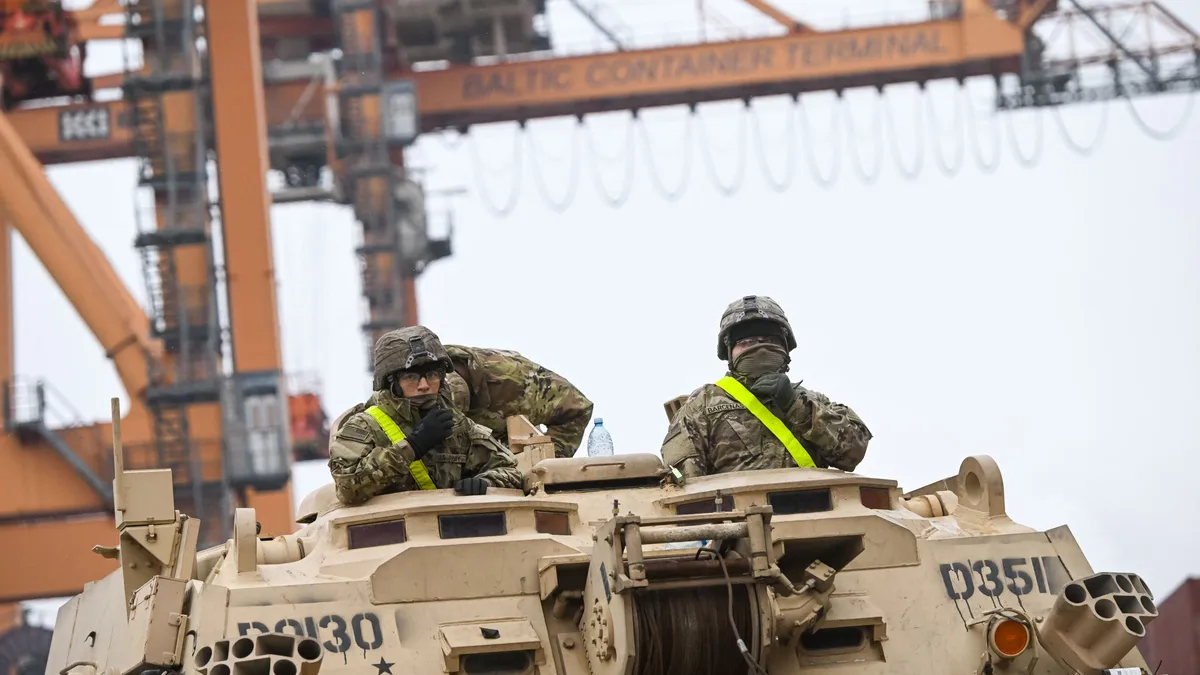By Mark T. Kimmitt
Copyright politico

Moreover, such a mission would help reveal and rebuild the continent’s sorely needed force structures, manpower, combat equipment and logistics capability, which dissipated over its decades-long “holiday from history.”
Indeed, great strides have been made since Putin invaded Ukraine in 2022, but far more are needed. Ukraine has disabused both Europe and the U.S. of the notion of short wars and small budgets. And though the rearmament of European militaries is impressive, it’s still inadequate to combat a full-scale Russian invasion.
Along these lines, such a deployment would reveal the shortfalls of Europe’s forces in full-spectrum operational capabilities.
For example, while the lack of helicopters, artillery ammunition and strategic airlift has been an openly recognized problem for years, an operation in Ukraine would make apparent the lack of smaller items needed to conduct synchronized forces — or what George Patton called the “symphony of Mars.” Keeping a force in the field requires fuel and water tankers, camouflage nets, heaters for troop tents and hundreds of other items that are likely missing from current supply points. If leaders aren’t already aware, their troops will tell them.
U.S. President Donald Trump’s plan doesn’t call for abandoning Europe. America can and likely will provide significant enablers outside of Ukraine, including command and control, logistics, in-theater air transport and other assets that aren’t constrained by the tyranny of long distances. Delivering long-range air defense, intelligence, surveillance and reconnaissance reports are just as valuable, whether provided to the European force from Kyiv or Krakow.
The truth is, should this mission be realized, there will be inevitable calls for more, as well as more proximate U.S. support. Mission creep is endemic to well-meaning American military leaders that operate with allies. In one personal example, when NATO agreed to take over sectors of Afghanistan from the U.S. in 2006, alliance members initially agreed they’d be self-sufficient. But soon after their contingents started deployment planning, requests for U.S. helicopters, quick reaction forces, special forces and intel support began to come in. As always, the U.S. supported within its means.



